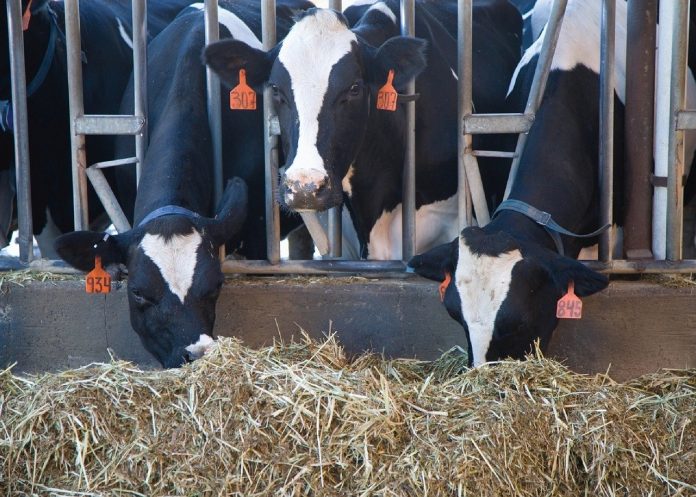Christmas has passed and the new year is upon us. For me, this is always a great time to plan and take inventory. Not only of our physical assets and liabilities, as we work on or financial record keeping, but also on the state of our feed supplies and grazing operation.
This year was another challenge for producers with the wet spring, but for grazers, the dry fall. September and early October was the prime time to grow stockpiled forages, but at least in my area, there was very little growth, causing producers to start feeding hay before they had planned. In addition, the wet weather early in the season led to very poor-quality hay.
Hay inventory
Now is the time to not only inventory your hay supplies but the quality as well. Now that we are at the end of the year, we can get a good idea on how much hay we will need for the rest of the season. If you are going to be short, planning now will reduce the chances of a bad situation later. Typically, hay is cheaper now than in March when supplies run low.
You can also stretch out hay supplies by feeding some corn in place of hay. Are there some pasture or hay fields that you could potentially graze if the weather is fit between now and the growing season, or even a neighbor’s field? Just be aware of potential “pugging” issues in the field if the ground gets soft.
Hay quality
There have been articles in this column over the past several months about getting hay tested for quality, and if you have not, now is the time. If you have cows that calve in the late winter/early spring, there are only a few months until calving season, and keep in mind that 70% of the calf development is in the last trimester of pregnancy.
Is your hay meeting the protein and energy needs of your livestock? It is fairly easy to add protein through soybean meal, protein tubs and other sources. I have added soybean meal to my mineral ration and the salt will limit consumption. More often than not, energy is the issue, and corn is an excellent option.
Feeding corn
If my cattle are on a decent sod and the ground is not too wet or if it is frozen, I simply put whole shell corn in several piles, and they eat virtually all of it. When I have fed cracked corn on the ground, there is more waste. Another option is to have portable feeders that can be moved around to reduce mud issues.
One of the best I have had were plastic drums cut in half lengthways and then we could slide them from location to location. What I like about this option is that you can crack corn into three to four pieces, improving digestibility and reducing waste. In many cases, only a couple pounds per day may be all that is needed. Again, that is why it is so important to get your hay tested.
Feeding locations
If the ground is frozen or firm enough and you have multiple fields, can you set out some bales of hay to reduce tearing up the fields later? Do you keep feeding in the same spot and isolate the mud issue or do you move feeding locations around and have more widespread mud issues but much less severe?
Our friends at your local Soil and Water Conservation District have done a great job promoting heavy use pads and they may be an option you want to explore.
Field conditions
We also can inventory the condition of our fields.
Are there some that are good candidates for frost seeding in February? Can we divide up another field or two to improve grazing efficiency? How bad was the weed pressure last year? Have you taken soil tests in the past three years to determine if you need lime and fertilizer? Did you have enough forages for your livestock during the growing season? Can we improve water sources?
We are at the end of the year and ready to start a new decade, now is a great time to plan, then “do” for a successful 2020.













